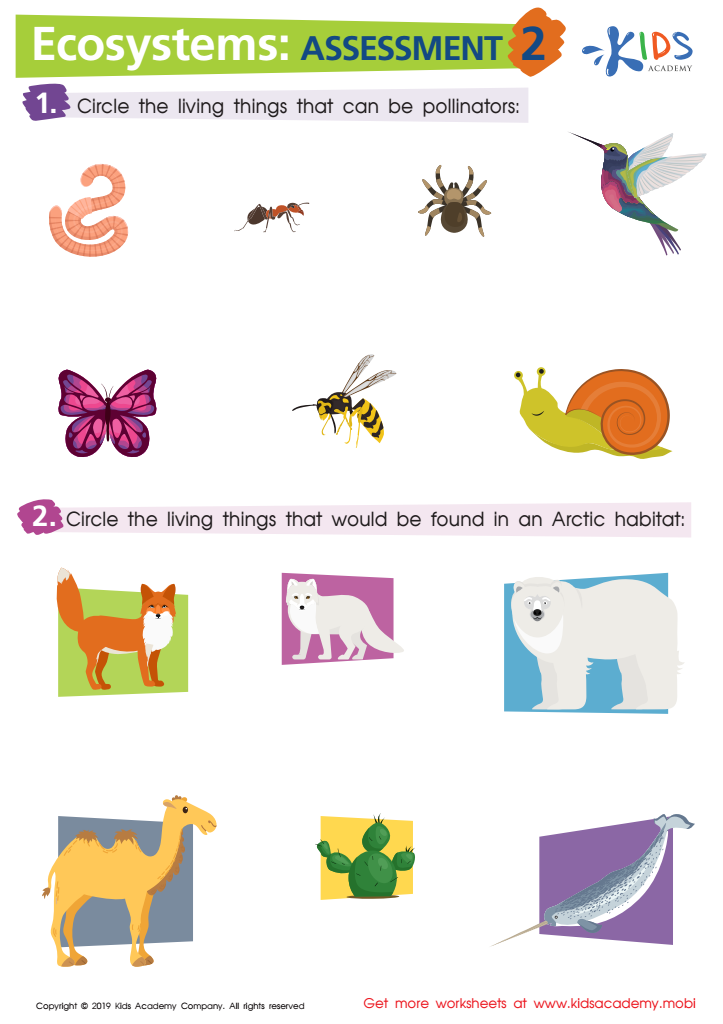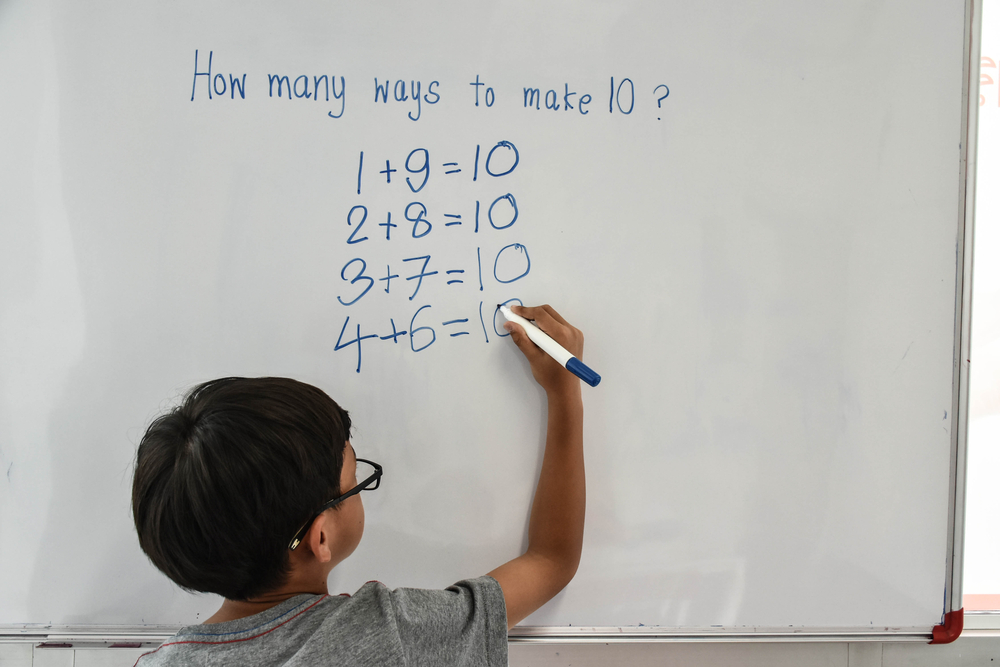Identifying food chains Worksheets for Kids
1 filtered results
-
From - To


Ecosystems: Assessment 2 Worksheet
Question/Answer
How does the mastery of the Identifying food chains skill affect a student's performance at an early age?
The mastery of the Identifying food chains skill at an early age significantly enhances a student's understanding of ecological relationships and energy flow in ecosystems. This foundational knowledge fosters critical thinking and analytical skills, encourages curiosity about the natural world, and lays the groundwork for advanced studies in biology and environmental science, ultimately improving overall academic performance.
How to train the Identifying food chains skill in Grade 2 students learning about Plants and Animals?
To train Grade 2 students in identifying food chains, start with simple, clear examples using local plants and animals. Use visuals like pictures or diagrams to illustrate the concept of energy flow from the sun to plants, and then to herbivores and carnivores. Engage students with hands-on activities such as creating their own food chain with drawings or small figures.
Why is the Identifying food chains skill important for Grade 2 students?
The Identifying food chains skill is important for Grade 2 students because it introduces them to basic ecological concepts, showing how living things depend on each other for survival. This foundational knowledge helps students understand the interconnection of life, fosters respect for the environment, and lays the groundwork for more complex scientific learning in future grades.
 Assign to the classroom
Assign to the classroom


.jpg)









